This week we have the honor to interview Machar Reid, the head of Innovation of Tennis Australia who owns the Australian Open Tennis, and the new tech fund Wildcard Ventures.
?Show Notes: Through the interview, we talked about Tennis Australia, his role in the organization including the Australian Open tennis and his new tech fund called Wildcard Ventures. We also got his thoughts on how important innovation is to his organization, and the world of tennis. We also discussed his favorite technologies, and some of the most active pro tennis players (retired and current tennis players) in the startups investment space.
?Best Quotes: Here’s some of the key discussion points and best quotes from our conversation with Machar:
- On what Tennis Australia is and what the 4 businesses it is comprised of: “Essentially we’re three businesses, if not four businesses in one. So we’re an organization that looks after high performance. So the development of high-performing athletes within Australia. So people listening in might identify with the likes of Ash Barty. So she’s been with our academy pathway from the age of 10, essentially right away through to where she is today. And then we’re responsible for making tennis the sport of choice within Australia. So this is really appealing to those that want to recreate, participate in the sport on a social level. At the moment, I think we’re the second most participated sport in the land, which is something that we’re really proud of, which is fantastic. (..) but what we tend to see is a bit of tapering or tailing off of participation in the teenage years. And then there’s again an uptick when adults get to 30 plus, they’ve got families themselves, they reconnect with tennis and they play the sport for life. So it’s a real opportunity for us as a sport, both in the youth market but equally in the adult segment. And then thirdly, we’ve got our entertainment vehicle, which as many of you may know is headlined by the Australian open. It is the jewel in our crown, but equally we’ve got an event footprint that captures the Laver Cup – where we’re one of the founding partners, the ATP Cup, which is a partnership with the ATP and then the plethora of professional events that we host throughout Australia. So that’s what Tennis Australia does day-to-day so it’s much bigger than just your typical sports federation. And we take real pride in delivering value to each one of those three streams. And then as you touched on, we’ve almost created a fourth stream which is our ventures arm, which is exciting and we’ll speak about a little bit more later”.
- On his role at Tennis Australia: “As it relates to my role, I’ve got the real privilege, and our team does, of looking across those three or in this case, four verticals for opportunities to really disrupt the status quo. So part of that involves being able to scan the marketplace with a futures focus and then identify opportunities to try new ideas and then really accelerate the adoption of those ideas. And in many respects, we’re really talking about opportunities that deliver value or capitalize over a three to five-year timeframe as distinct from the many really talented people in our business that are working on delivering returns day to day and on a business as usual basis”.
- On some of the best technologies that his organization has integrated over the years: “ I guess the way we’re set up internally, in a classical and maybe stereotypical sense, is that we’ve got an incubator division within innovation remit. We then have an accelerator partnership with Techstars which have been immensely valuable and then thirdly, we have our ventures arm. In the incubator space, we’ve had a few bets if you like, one of which has been in data science. We embarked on that mission almost 10 years ago today and early work was done with the likes of Disney and the Australian Institution of Sport. Even today, that group still stands as the only tennis work to have landed the data analytics prize at the MIT Sloan conference and that was early doors. We’ve been in that space for a long time (currently in the form of the Game Insight Group in partnership with Victoria University), helping players, both Australian and abroad, but then equally creating new insights that can be monetized through broadcast.
- On some of his success stories at Tennis Australia: “Beyond data science, part of our fascination has been on how you better personalize or customize equipment for tennis players. It’s not really a market that’s been tapped into when you compare where tennis is at versus the likes of cycling or golf. We’re still eons behind but making steady and meaningful progress. Our esports unit has equally been a really aggressive and strategic play on our part. We have the AO mobile game and then our partnership with Epic games that brings Fortnite to the Australian Open. Lastly, our relationship with the tertiary sector continues to grow. Tennis Australia remains among the most prolific sports federations in the world in terms of research output. So we partner deeply with the tertiary sector within Australia and abroad with a view to generating insights that can provide us a competitive advantage as a group but also help all of us accelerate.
- On Wildcard Ventures (their tech fund)’s investment philosophy: “So we are looking to support courageous founder-led teams with promising traction across three broad verticals: health and performance, media and entertainment and then management or organizational tech”.
- On why him and his team chose the name Wildcard Ventures: “We’ve purposely chosen Wildcard as a name as it resonates from a tennis and sport point of view, but also catches the sentiment that we’re most interested in startups and founders with the ambition and courage to succeed, that want to roll the dice and continue to pursue their dreams of being a successful global business”.
- On the increased focus on mental health: “For sure. And it’s not just in tennis, I think it’s all of sport (..) Increasingly the concept of well-being and looking after yourself is not just important for the athletes in question, but for the support staff, coaches and so on. The potential role that startups have to play there or innovation more generally is enormous (..) We’re drawn to innovating through technology, but the innovation can equally be far simpler than that. It can just be in a way that you organize your day to day or you organize practice or you prep for certain events as they come up. None of which necessarily have a technological dependency. So when we consider our role in innovation to assist in that space, it does not need to be limited to what might be a software or hardware solution.
- On the types of problems he is hoping that technologies can help solve in areas such as injury prevention: “For the best part of the last two decades really, if not longer, we’ve been on this long lasting search for technologies or innovations that can help us better understand injury. (…) it’s really complex. And there’s not one single technology that’s allowed us at scale to understand how we can best address it to limit the frequency with which certain injuries occur. So I don’t think it’s a tennis problem, it’s a sports problem (…) I think it’s unrealistic to think that there’s ever going to be this kind of nirvana where one technology gets it all done, particularly when you relate it to what’s happening at the lower body, upper body, and what’s happening from a mechanical point of view as well as physiologically. That’s not to say though that we’re not going to, as a business or industry, endeavor to get better at it or understand more or introduce any new technologies or new ways to resolve a problem. It’s funny to say it’s greenfield, but that’s kind of what it feels like”.
- On the need for more customizable experiences: “ So I think as it relates to high performance and professional play that whole space of personalization or the customization of experiences, especially in the physical world, that kind of blended physical and digital kind of connect, I think there’s a bunch more to be done there. We’re at the beginning of that, especially with how we embrace what artificial intelligence has to offer and then merge that with the likes of the physical world but also with what mixed reality brings to the fore. I reckon it’s fascinating and we’re just at the beginning on the entertainment side of our business also”.
- On the expected adoption of new technologies (AR, VR, injury prevention) if it provides value to sports organizations and consumers. Catapult is the example of that: “Using Catapult as an example, take it back 30 years ago, or even more recently than that, the thought of having players wear vests or a harness with a little sensor mounted to their back would have been foreign to a lot of people at the pointy end of the sport. But we’ve come accustomed to it because it delivers value. So if there’s enough value in the mixed reality world, consumers, players, coaches, you name it, we will be drawn to it because we’re on this endless search for competitive advantage”.
- On his 3 favorite technologies: “I’ve admired it for quite some time now and this is going to seem bizarre because of my background and what I do day to day in tennis, but equally with the venture fund, we’re looking for applications that move beyond tennis such as a company called HomeCourt. Now it has been in the market for some time, but I look at those guys with a bunch of admiration in and around what they’ve been able to do (..) With the NBA playing an increasing role, it’s an awesome example of a private enterprise intersecting with a business like our own and delivering real value to an audience that’s historically been really tricky to connect with – the teen market. That’s a trajectory that I am drawn to and my own kids use it. And then my other favorite technology that will actually be our first investment in our Wildcard Ventures fund is Swing Vision. These guys are essentially trying to tackle that problem in a tennis sense of how do I make Hawk-Eye more accessible to the mass consumer at the same time as delivering value like a Strava might. So make my tennis vitals more accessible in an affordable way. And part of their product roadmap is to actually build out a line calling solution on a single mobile device, which has massive application for the tennis market. Because something like cheating is one of the biggest deterrents for ongoing play for many teenagers. And my third favorite technology is more so a space that I’m following with interest. And it addresses an accessibility challenge, especially for individual sports where you’re actually needing someone else to play against which is relevant for us as an industry in tennis. Historically you can hit against the wall, granted, but generally you need someone else down the other end of the court (…). So a ball machine market that becomes more sophisticated, intelligent – one that allows me to participate physically, but equally has a connect with the digital world so that artificial intelligence is able to make my lived experience more game-like. That’s one that I’m continuing to watch with some real interest. I reckon there’ll be some moves to be made over the next kind of six to 12 months”.
- On the pro tennis players (retired and current tennis players) that are among the most active investors in the startup world: ”We know that the likes of Andy Murray takes a real interest in this (..) he’s an active investor. You’ve got the likes of Serena Williams who has her own venture vehicle and then equally, you’ve got some of the bigger names, in our sport anyway, Novak and Roger that appear to take selective interest in opportunities as they emerge. Andy Roddick and James Blake are also equally some of the early investors in the group that I mentioned earlier, Swing Vision. So now we’re co-invested with those two. Increasingly in our sport, I think some of the really high profile and contemporary players are looking at early stage ventures as an opportunity for them to diversify and connect with startups that are of real interest to them. They’ve got some passion about the actual space”.
- On who will beat the total grand slam wins between Djokovic, Roger Federer and Rafa Nadal:“ Obviously Djokovic’s is younger than the other two. I think if he’s able to sustain the form that he’s in and given that he’s got a couple of years on the other guys it’s got to be him”.

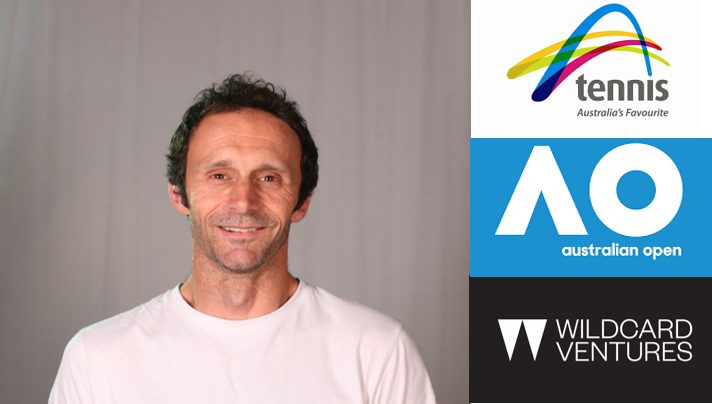

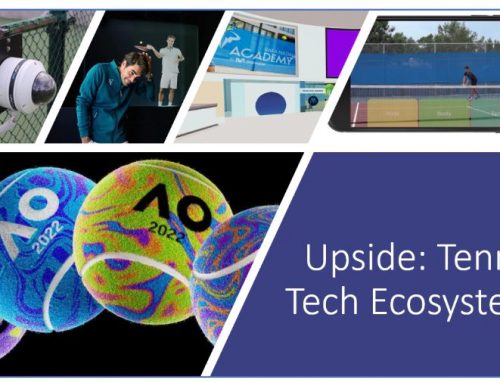

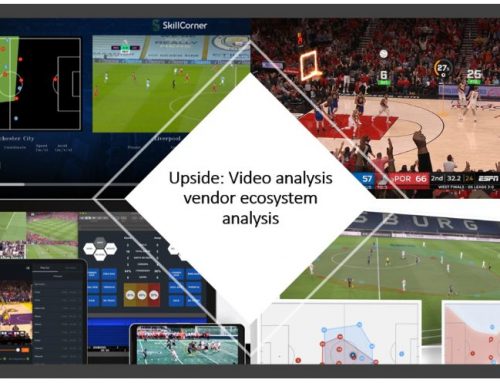
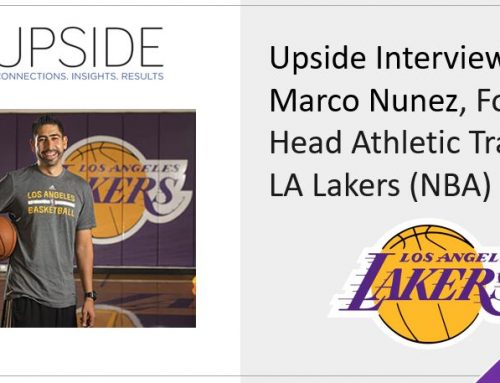
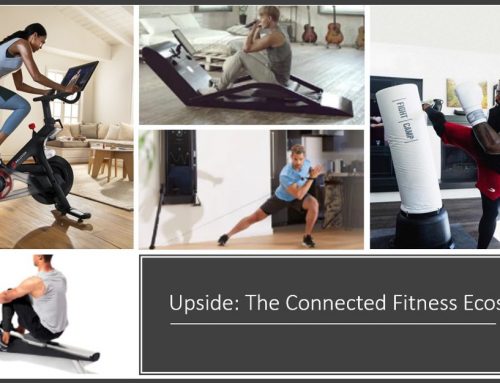
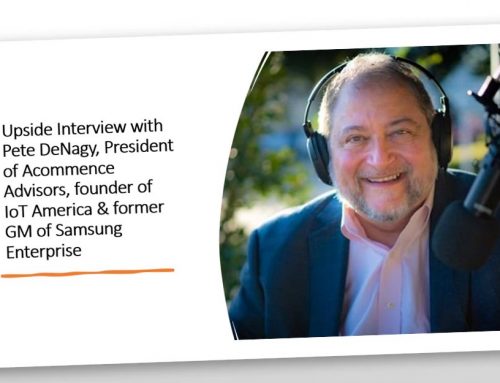


Leave A Comment
You must be logged in to post a comment.